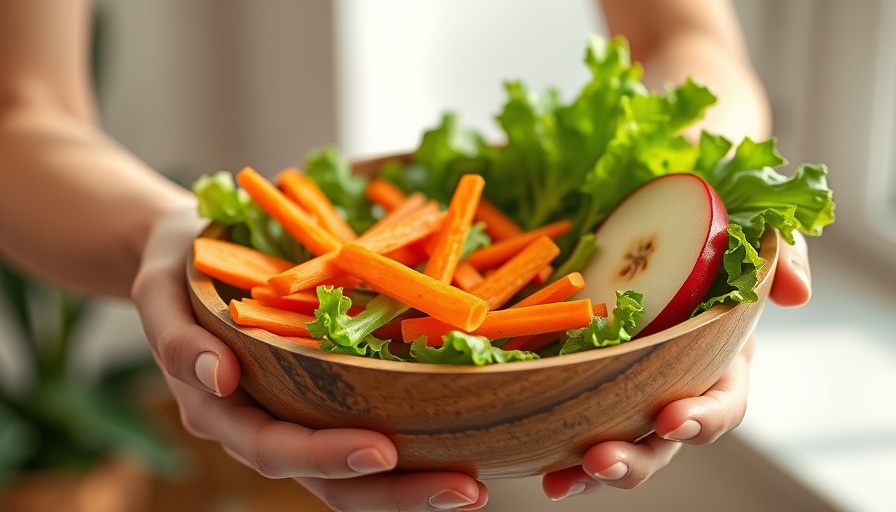
Turning the tide on diabetes and heart disease
Diabetes and cardiovascular diseases (CVD) are more than just statistics. They represent a silent epidemic gripping the lives of many, particularly in Massachusetts. Over 38 million adults in the U.S. grapple with diabetes, with CVD rising ominously as a leading cause of death. But what if we told you that these diseases could be reversed? Recent findings highlight that strict lifestyle changes not only halt the progression of these conditions but can also reverse their effects.
Scientific strategies for winning the battle against chronic disease
Dr. Gunadhar Panigrahi, a noted cardiologist, underscores a monumental shift in how we view health. His research emphasizes six pillars crucial in combating chronic disease: a whole-food, plant-based diet, consistent physical activity, effective stress management, avoidance of harmful substances, restorative sleep, and social connections. This multi-faceted approach is paramount for achieving long-term health.
The spotlight shines on plant-based diets. These diets are brimming with fiber and antioxidants, tackling insulin resistance and inflammation directly. Let’s face the truth: high-protein, low-carbohydrate diets lead to more trouble than they solve. By shifting to plant-centric nutrition, we can address metabolic dysfunction at its core.
The healing power of lifestyle modifications
Here’s where the real excitement begins. Lifestyle changes don’t merely pause the decline — they can heal. Consider insulin sensitivity: the excess fat inside muscle cells obstructs glucose uptake. A combination of caloric restriction and regular exercise restores these critical pathways.
Moreover, physical activity boosts nitric oxide production, which is essential for repairing blood vessels damaged by high blood sugar. And don’t overlook gut health. Adding fiber converts into short-chain fatty acids essential for reducing inflammation and enhancing metabolism. What happens when these lifestyle shifts are implemented? Dr. Panigrahi’s study on high-risk patients produced mind-blowing outcomes, including full diabetes remission and significant cardiovascular recovery.
Beyond diets: innovative nutritional strategies
Fad diets come and go, but the emphasis should be on consistent, evidence-backed approaches. Two standout methods are promising: low-calorie diets and time-restricted eating. A study demonstrated that an 850 calorie-per-day regimen for eight weeks reduced liver fat by a staggering 34%, with 86% of participants achieving diabetes remission. On the flip side, time-restricted eating — eating during a window of 8-10 hours — aligns with our body’s circadian rhythms and boosts glycemic control.
The holistic wellness approach
But lifestyle medicine does not stop at diet. Exercise is vital. Engaging in 150-300 minutes of moderate activity weekly could reduce CVD mortality rates significantly. Even something as simple as daily walks can lower HbA1c levels by 0.5-1.0%. Coupled with restorative sleep — about seven hours — and robust stress management techniques such as yoga or meditation, the risk factors for diabetes can be mitigated.
Local initiatives cultivating a healthier Massachusetts
In Massachusetts, local health initiatives focus on empowering communities to embrace these lifestyle changes. Organizations provide workshops on plant-based cooking, physical fitness, and stress reduction practices tailored to the community's needs. For instance, recent programs in Boston have connected residents with nutritionists, fitness coaches, and mental health professionals, creating a comprehensive support system. The community learns together, fostering stronger social ties which are instrumental in promoting healthier habits.
What this means for you
If you're in Massachusetts, it’s time to take charge of your health destiny. The facts are clear. You have the capability to make lasting changes that reverse chronic diseases. Whether through simple diet tweaks or enhancing your physical activity levels, adopting these recommendations could be a game-changer. Sharing this information within your communities can amplify the impact, as collective action is essential in tackling this silent epidemic.
Each step taken towards a healthier lifestyle is a step away from the clutches of diabetes and heart disease. Changing your habits might just be the revolution needed. Don’t wait; make informed health choices today. Connect with local programs, join workshops, or gather with friends and family for support. Your heart and body will thank you.
 Add Row
Add Row  Add
Add 




Write A Comment